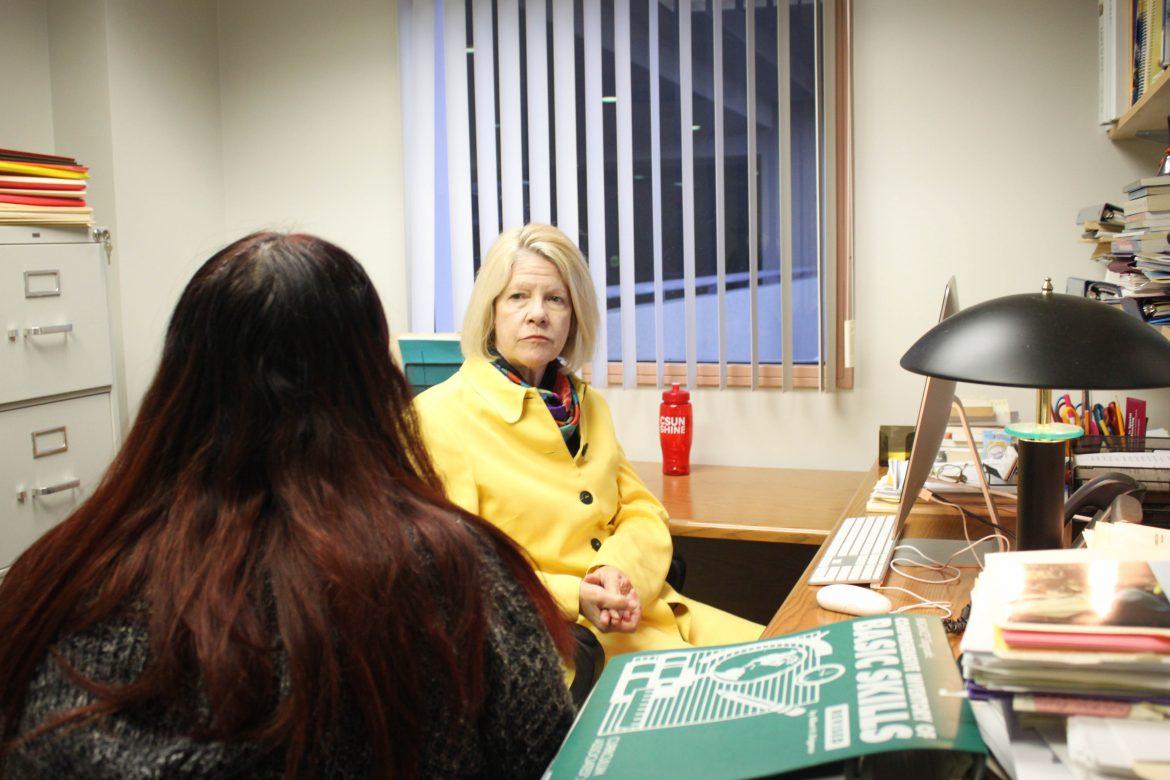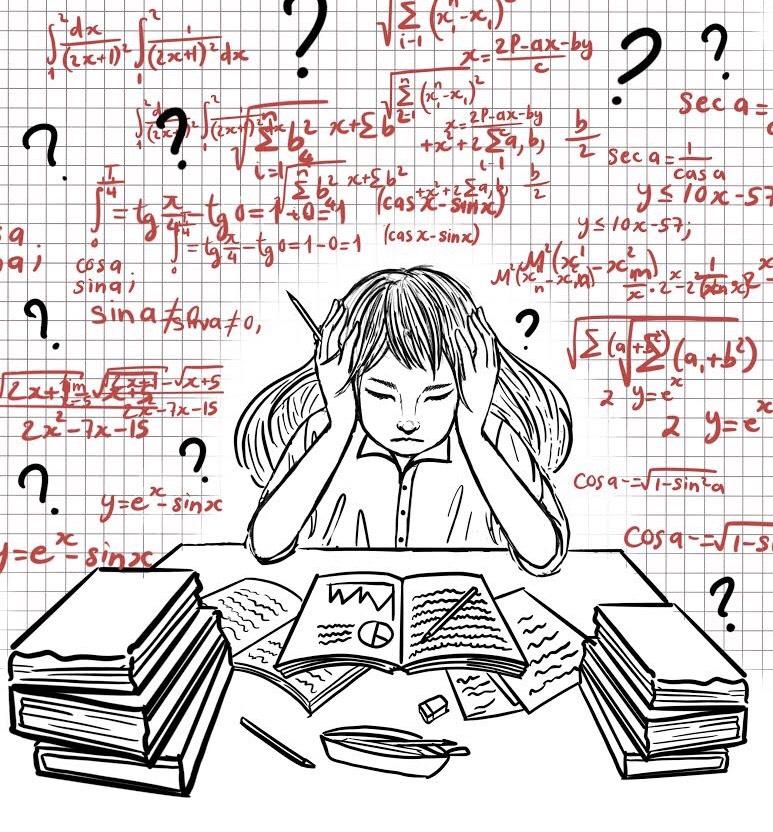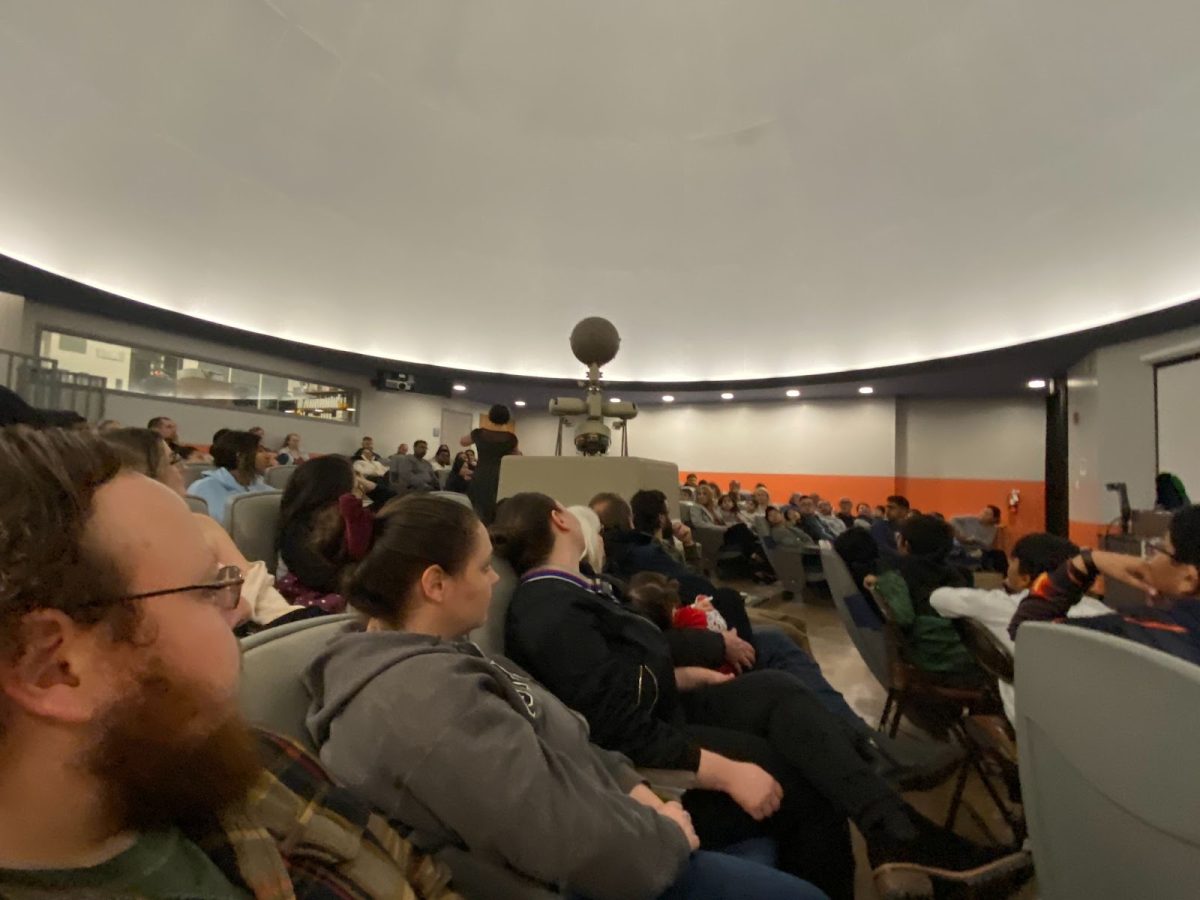Have you ever noticed a problem with processing information that could come easily? For some people, such as criminology major Gerardo Lopez, certain subjects such as math, are hard for him to process..
Although Lopez may not suffer from a learning disability, there are students on campus who need resources in order to keep up with their courses.
Here are five indicators of a learning disability according to Dr. Virginia Kennedy of the Special Education Department at CSUN:
1. Intellectual
Appears to possess average or above average intelligence based on standardized intelligence tests, but does not perform at expected achievement levels when exposed to conventional teaching strategies.
2. Academic (in general)
Scores indicate inconsistency and great variability between expectancy and performance. This is especially important for students since they are in an academic setting.
“I failed pre-calculus and chemistry,” said Jessie Perez, public health major.
For all learning disabilities, there needs to be a professional assessment. In the case of these students, having gotten a low grade in a class may have been due to other factors that people like Dr. Kennedy can determine. Problems with math-related subjects is called dyscalculia.
“First week of the semester I got an A on my first test then for the second test I got a C,” said Mahnoosh Baradaran, ecology major.
3. Short attention span
Easily distracted by irrelevant stimuli and unable to concentrate on any one task for very long.
“I can get distracted easily and misjudge things,” said Lopez.
Most students have heard of Attention Deficit Hyperactive Disorder. The individuals who possess this condition may exhibit attention difficulty, hyperactivity or impulsive disorder. This also carries on to the fourth indicator.

4. Unable to follow and understand class discussion; appears to be inattentive or daydreaming.
“My math class I tend to drift off and daydream,” said Baradaran.
Society still has a hard time accepting learning disabilities on individuals. According to Kennedy, this is because specific learning disabilities are hidden disabilities with no physical manifestations at first sight.
Assistant Director Gail Roberts Hughes from the Disability Resources and Educational Department of CSUN describes how they can help students who aren’t sure of a possible learning disability.
“Students who think that they may have some sort of learning issue can come to the DRES office to request a screening interview, but the DRES office does not do actual Learning Disability Assessments. If a screening interview indicates that the student might have a learning disability, then they will be referred to a qualified LD Assessment resource,” said Hughes. “Sometimes, the student may have other learning issues that can be diagnosed more easily without going through an LD Assessment.”
5. Difficulty understanding the meaning of time and fails to comprehend the requirements of completing assignments within a certain time frame.
Students who want to use the DRES office must register through them and bring documentation of a diagnosis. Then a staff member will call and schedule for an hour appointment. During the intake process, the counselor will decide on what accommodations will be needed. Then log in with a program called SAAS which will show a list of classes, what accommodations are listed and how to get extra time on tests.
More information on DRES can be found on the first floor of the Bayramian Hall. Here are also the office hours through fall and spring during regular class sessions:
Monday-Thursday: 8 a.m.- 8 p.m.
Friday: 8 a.m.-5 p.m.
Saturday: 8 a.m.-5 p.m.






